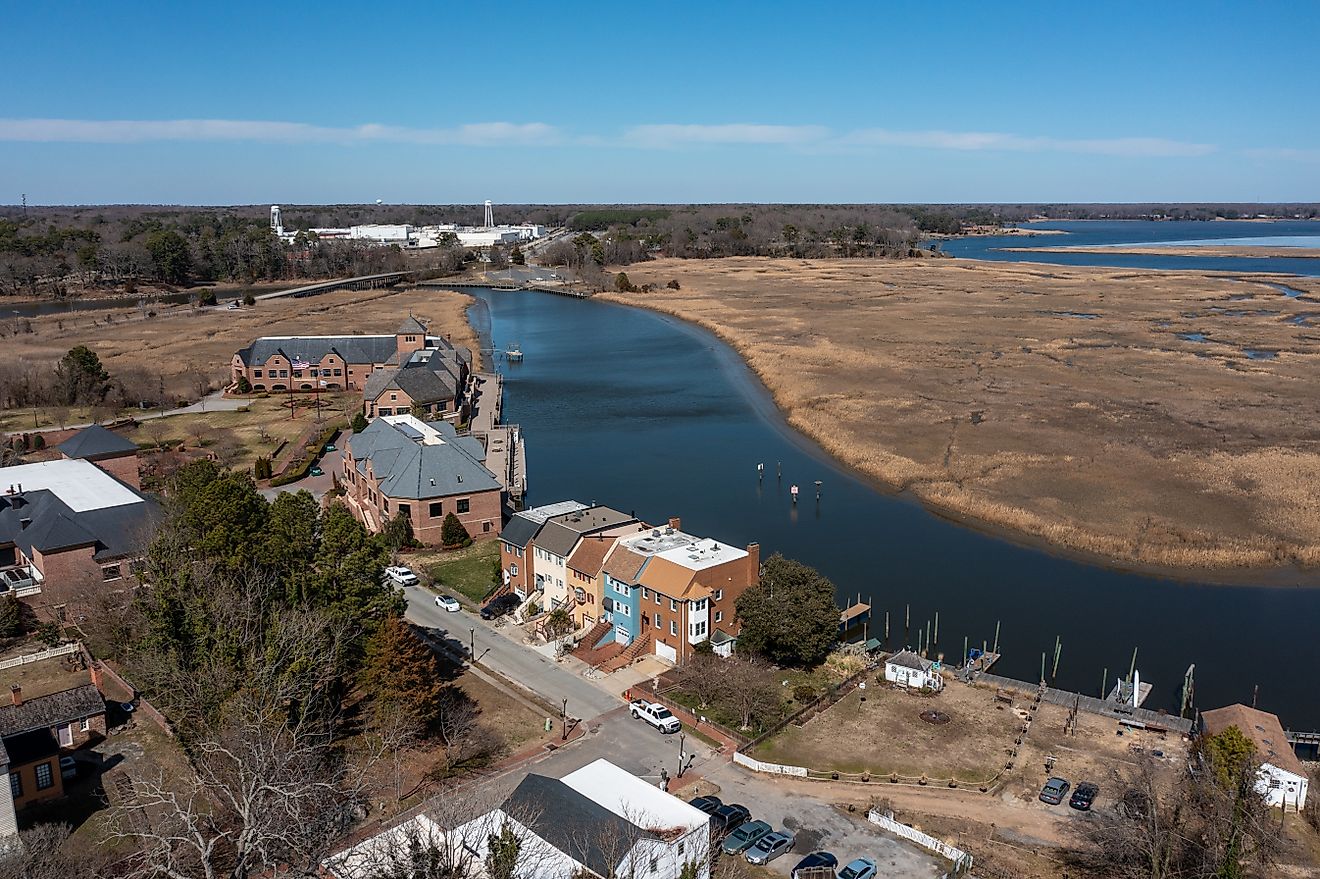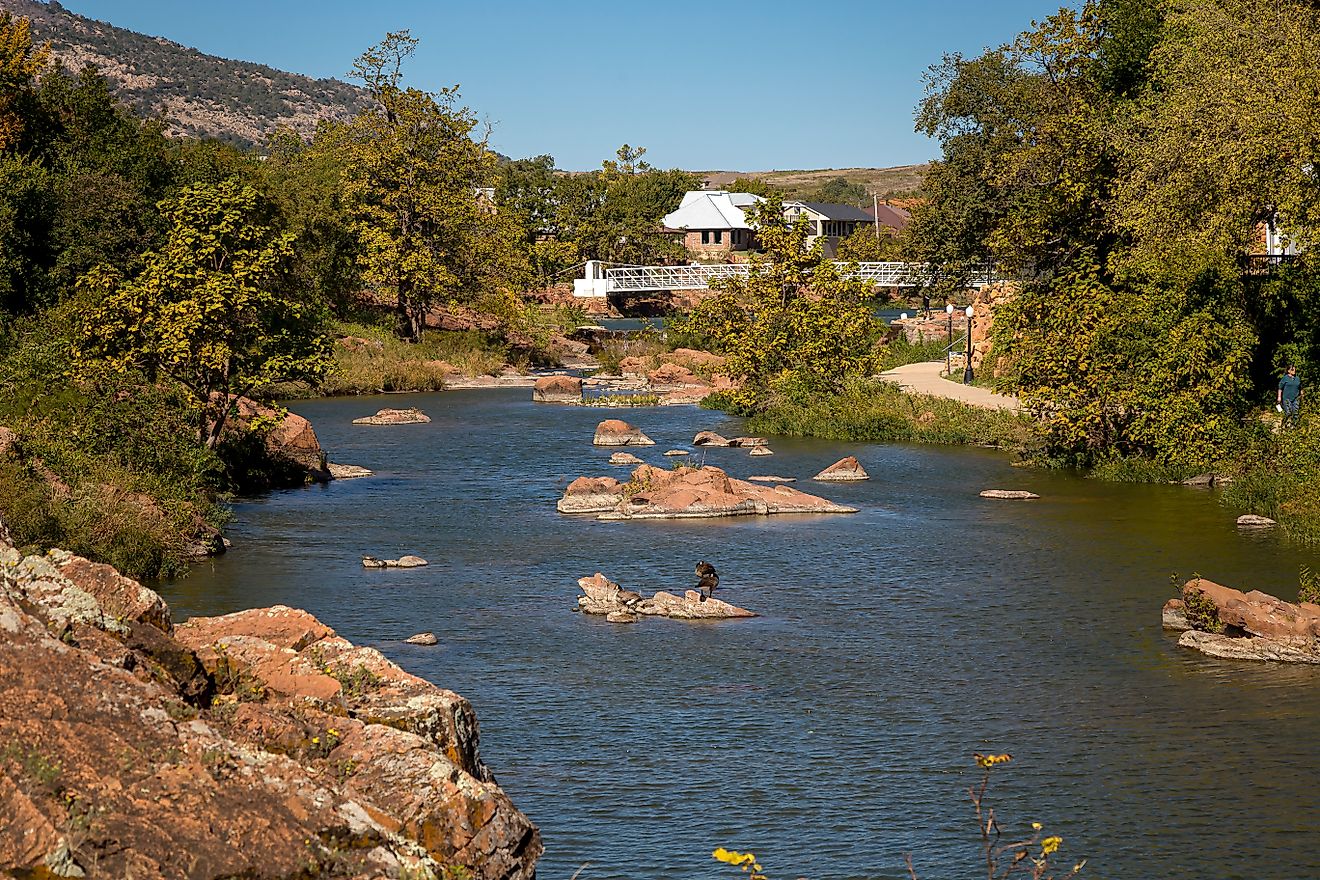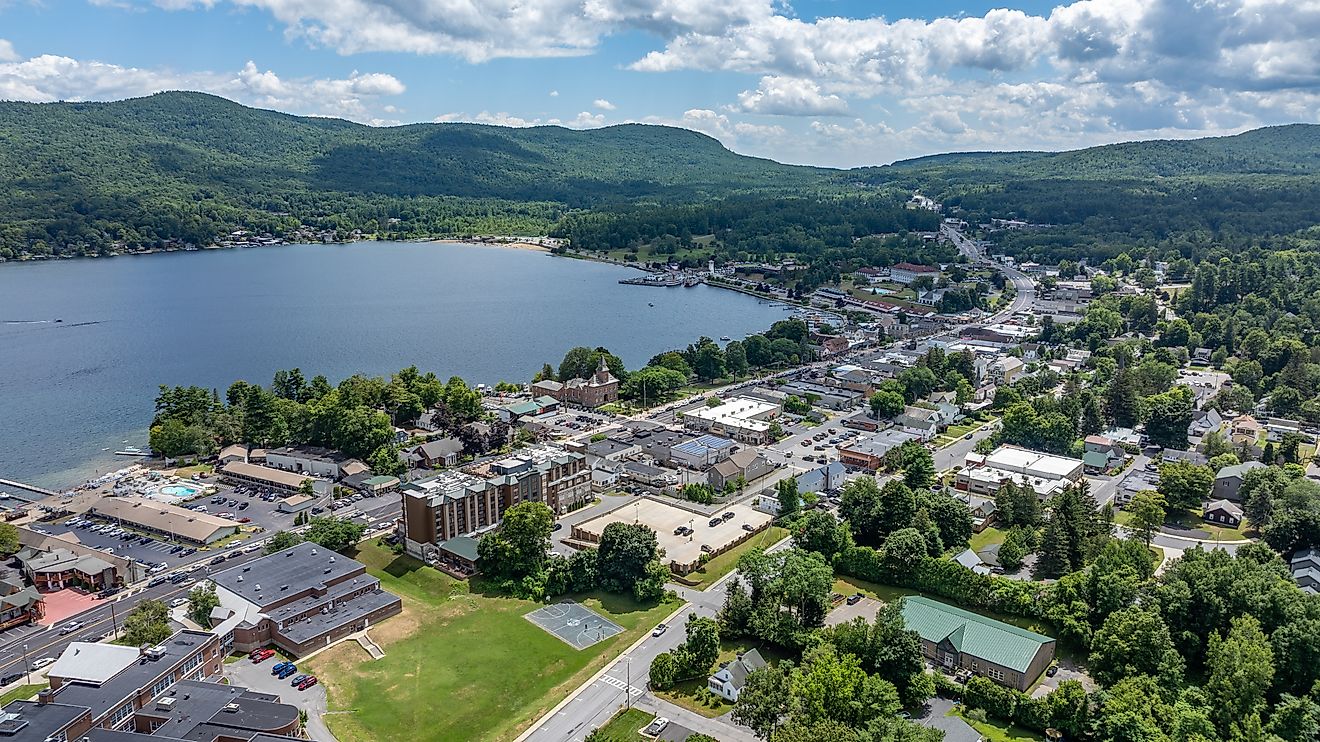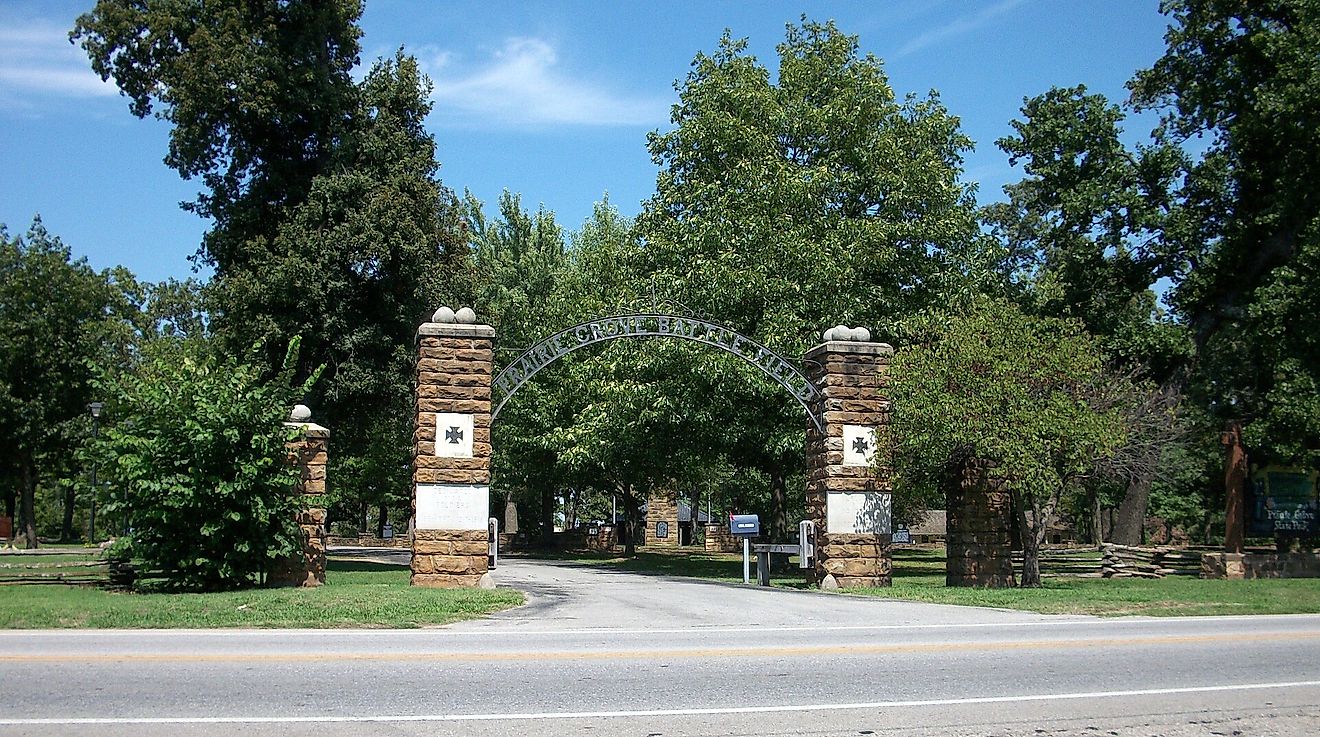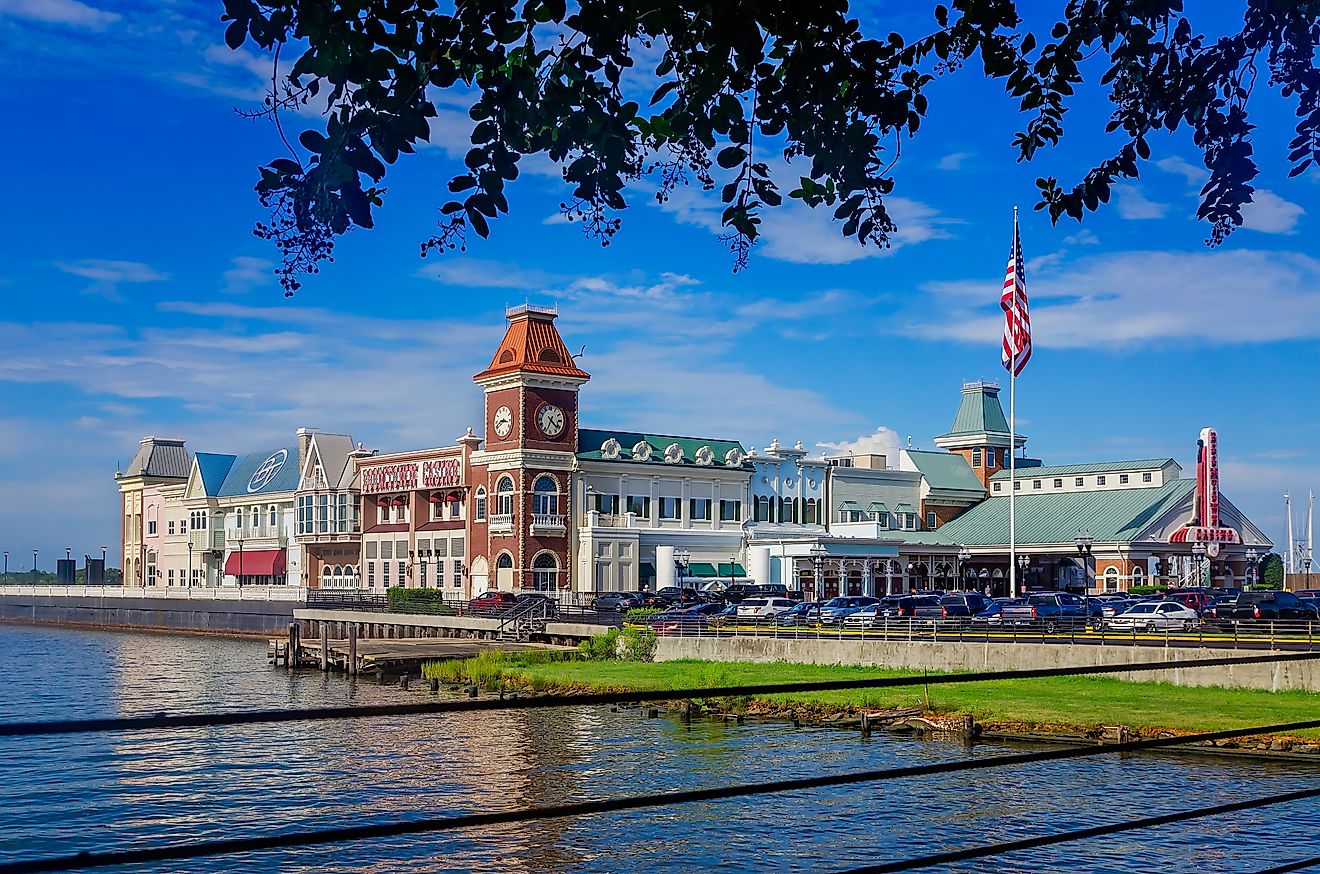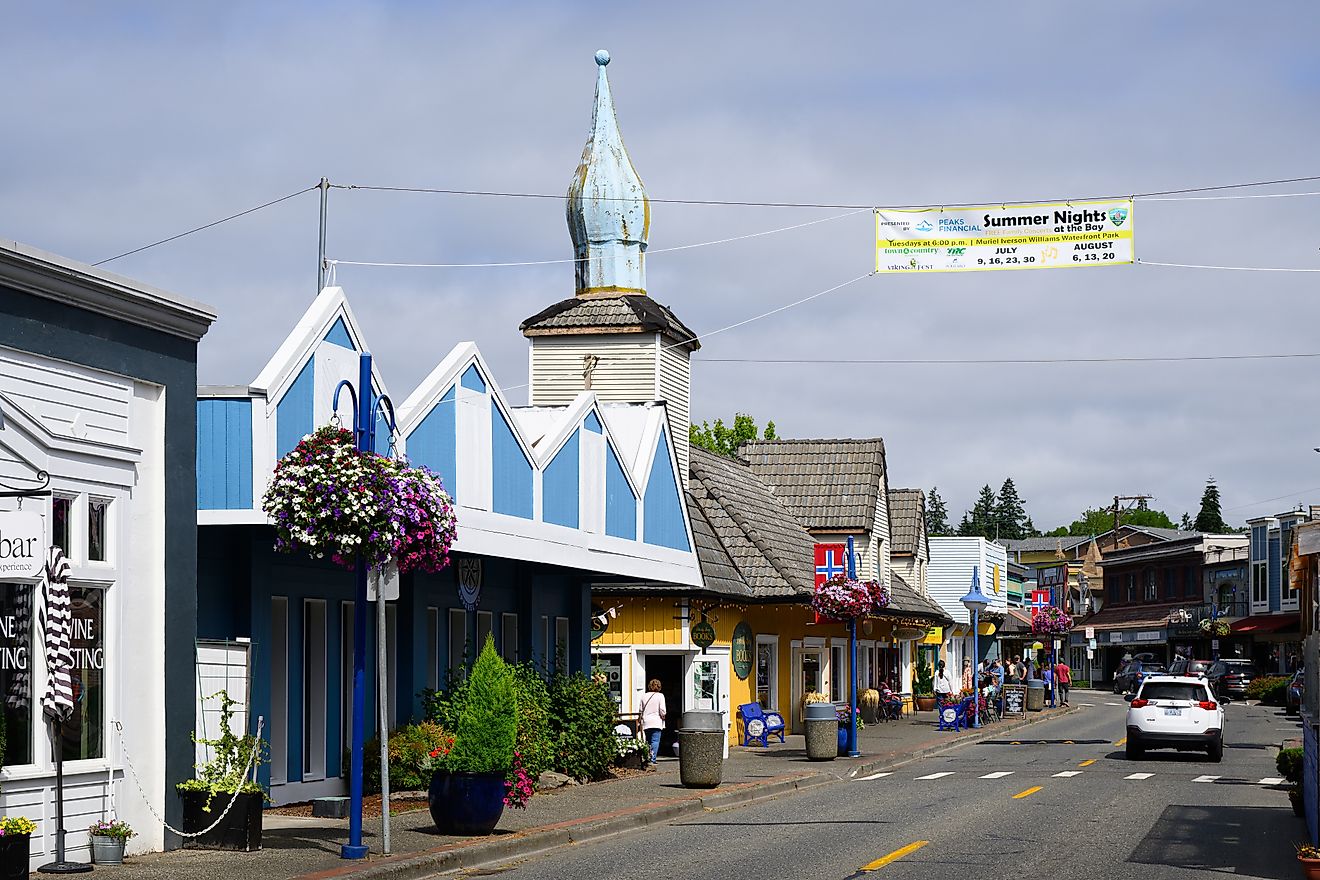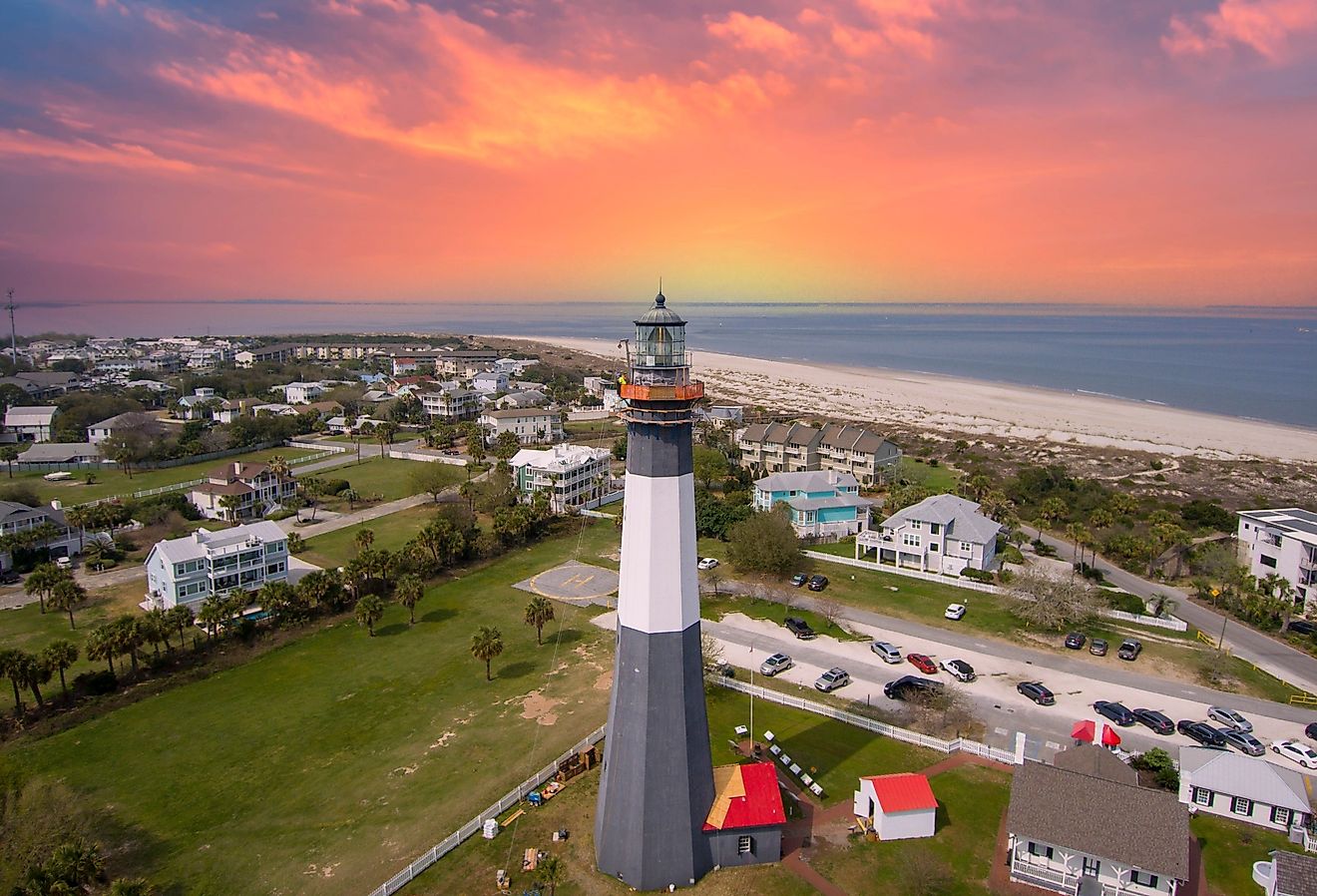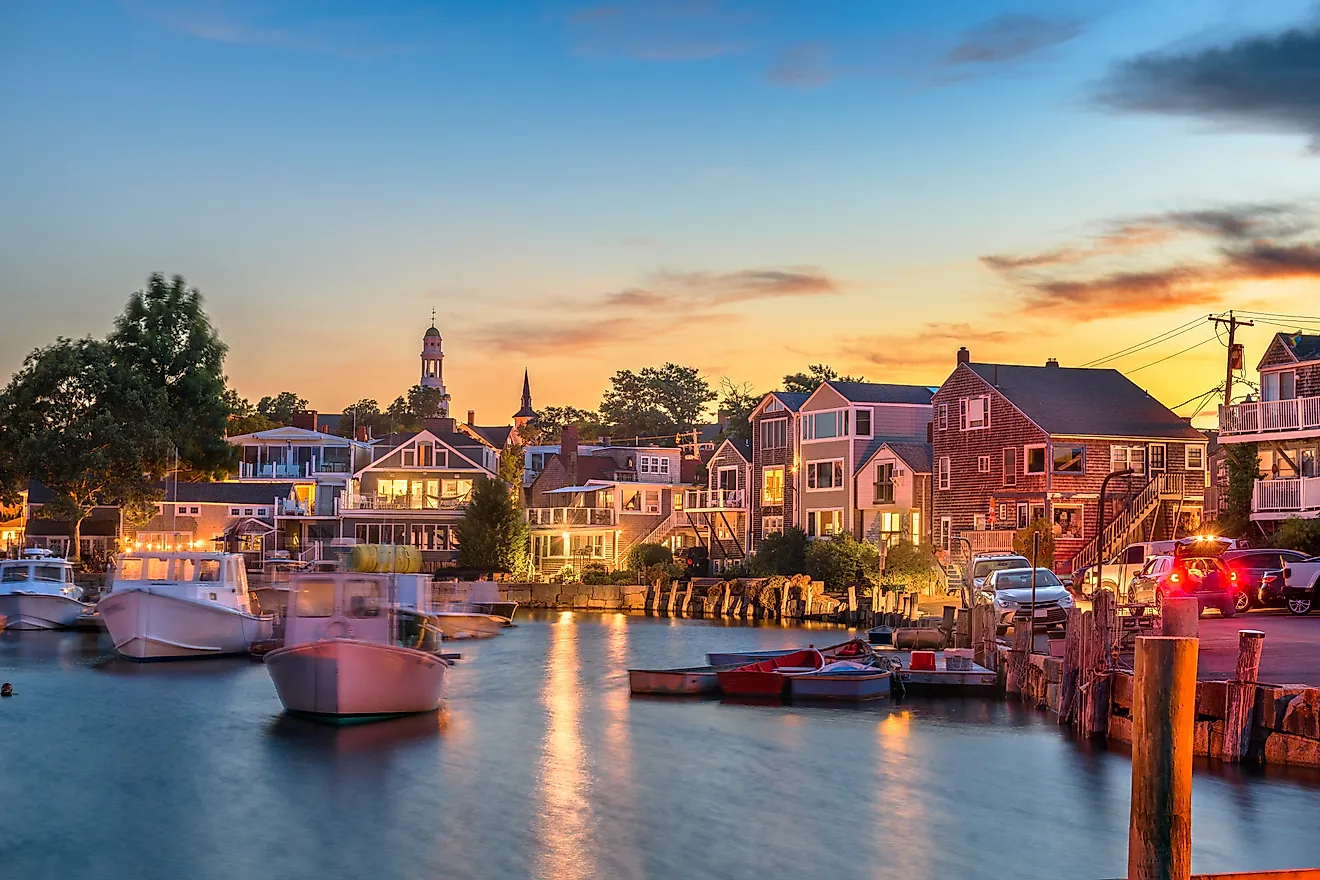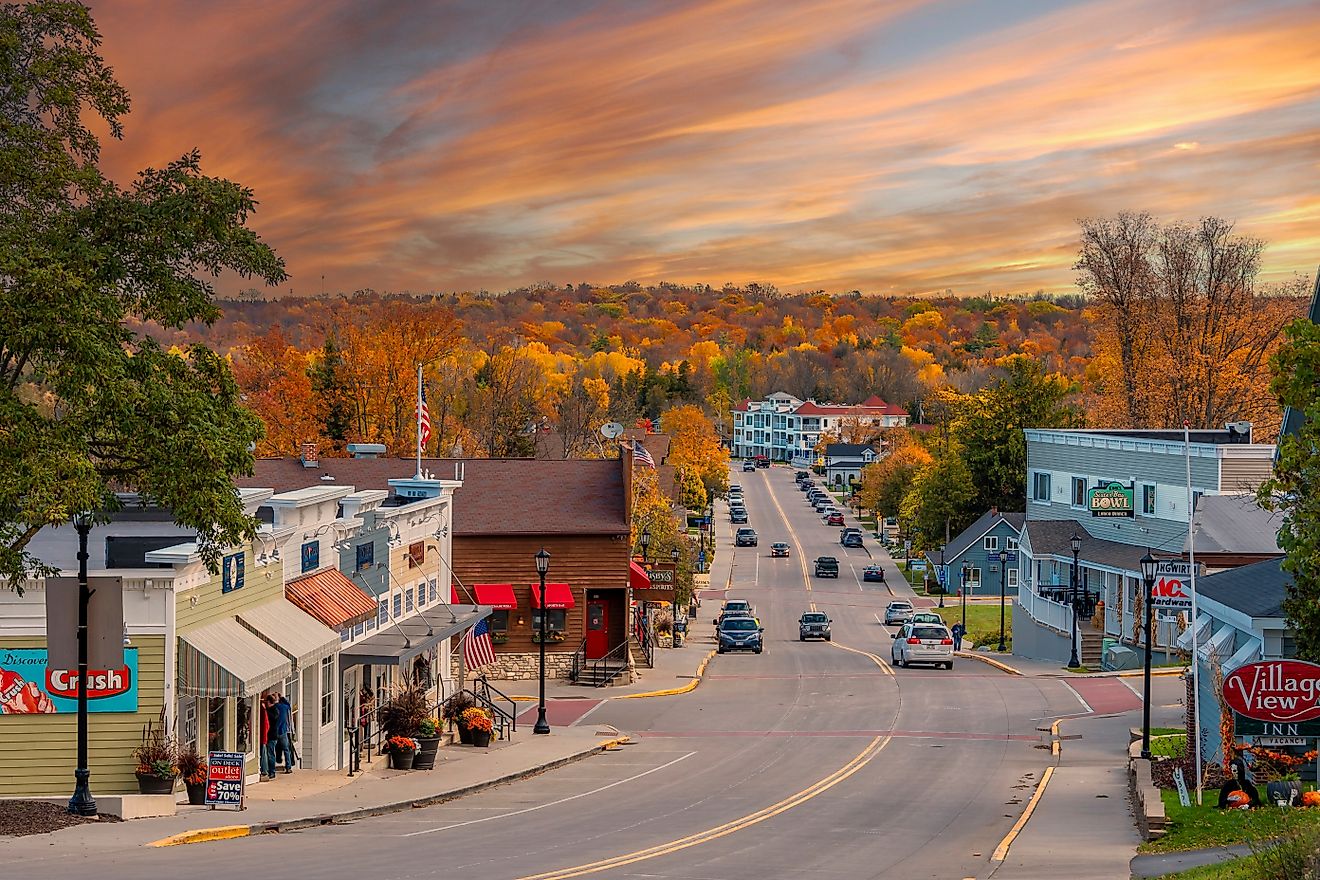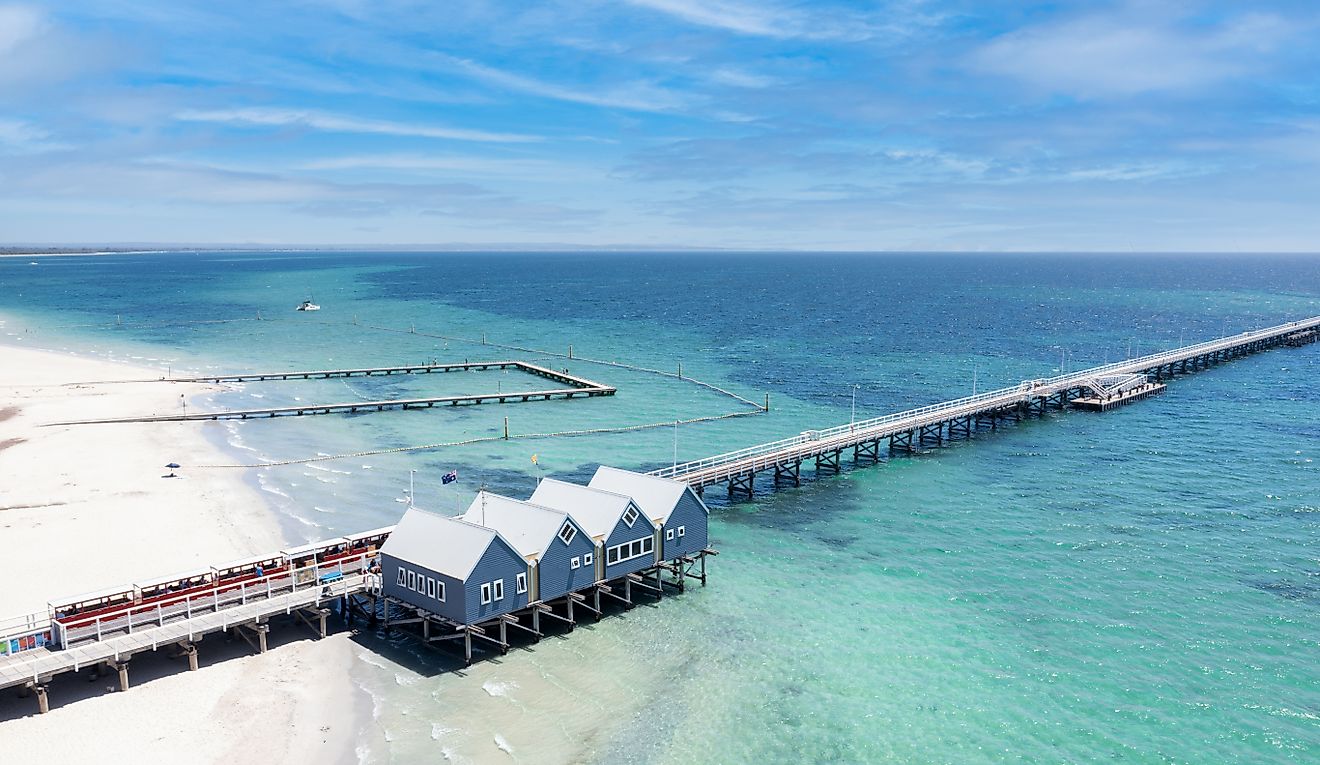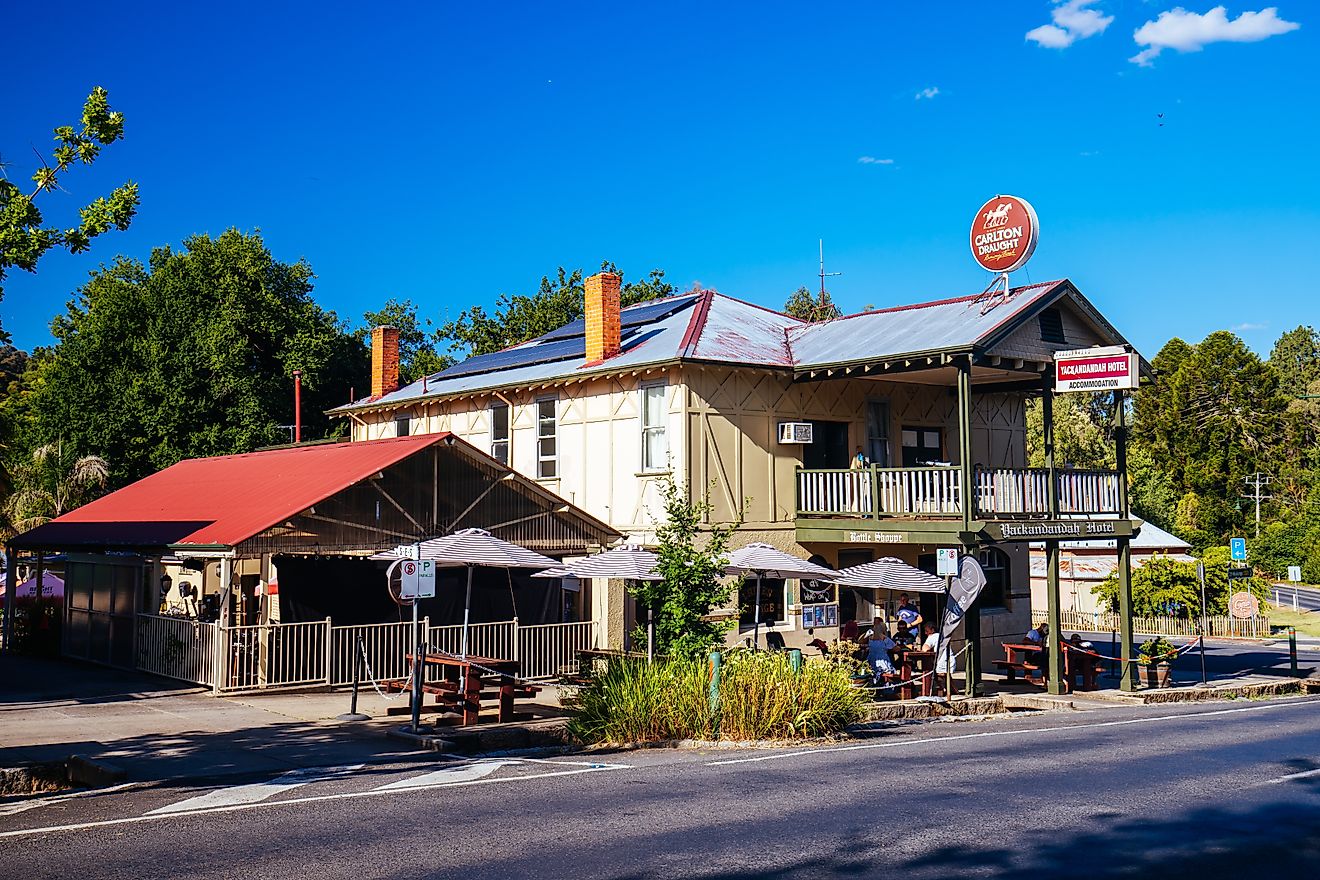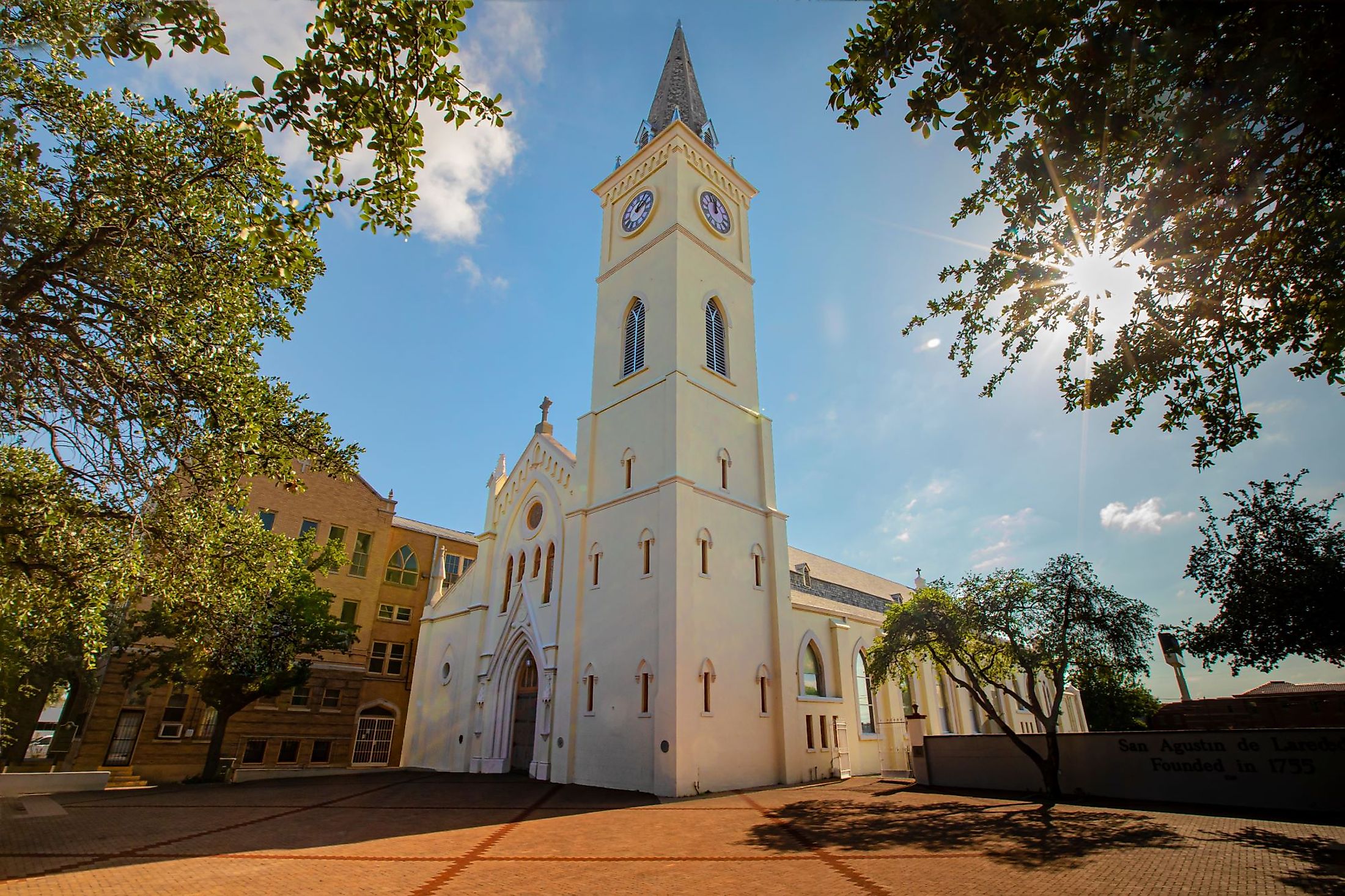
Laredo, Texas
Laredo is a big city situated in Webb County on the northern shores of the Rio Grande River in the US State of Texas. The city is located on the boundary between the United States and Mexico and has a long and colorful history. The downtown section of Laredo is filled with important historical sites, significant tourist attractions, renowned architecture, and noteworthy museums. Located on the southern end of Interstate Highway 35, Laredo is the state's 10th most populous city and the third most populous US city that is situated on the Mexican border.
Geography And Climate Of Laredo
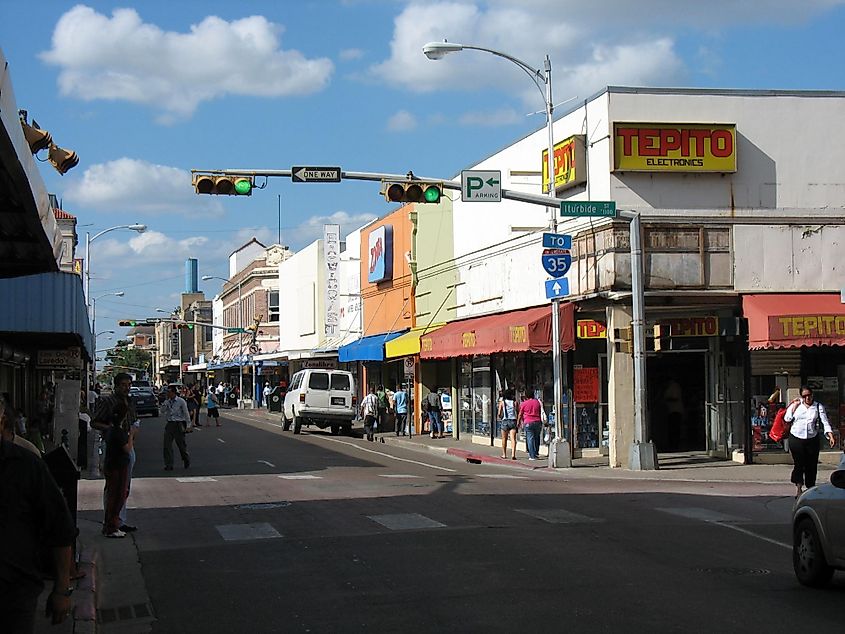
Laredo is situated on the western end of the Rio Grande Plains to the east of the Mexican Mountains. The city's landscape comprises a few hills and flat ground rich with grasses, oaks, and mesquite. Laredo covers a total area of 265.7 sq. km, of which 261.8 sq. km is occupied by land, and 3.9 sq. km is covered by water.
The climate of Laredo is semi-arid, with scorching summer temperatures and mild winter temperatures. Throughout the year, the temperature ranges typically from 48°F to 100°F, with temperatures seldom falling below 36°F or rising over 105°F. The ideal time to visit Laredo for warm-weather activities is from late April to mid-July and from mid-September to early October.
History Of Laredo
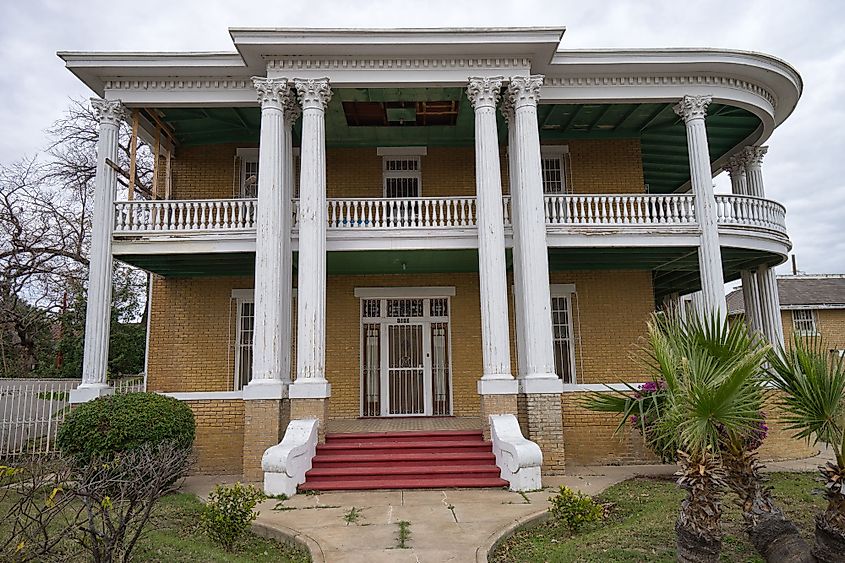
Don Tomás Sánchez founded Laredo, formerly known as Villa San Agustin de Laredo, on May 15, 1755. Sanchez picked the name Laredo as a tribute to Saint Augustine of Hippo and as a mix of Laredo and Cantabria, a town on Spain's northern coast. Captain Sánchez served in the Spanish colonial army. The colony was part of a broader scheme to extend civilization to what is now northern Mexico and South Texas. Laredo served as the capital of the autonomous Republic of the Rio Grande in 1840, which had been created in opposition to Antonio López de Santa Anna and had been forcefully restored to Mexico. During the Mexican-American War, the Texas Rangers seized the town in 1846. Following the war, the region was given to the United States by the Treaty of Guadalupe-Hidalgo. In the town, residents voted to urge the American military authorities in control of the area to restore the town to Mexico. This request was denied, and most people crossed the river into Mexican territory to establish Nuevo Laredo. Fort McIntosh was built by the military in 1849. In 1852, Laredo was re-incorporated as a city.
The Population And Economy Of Laredo
As per the latest US Census, Laredo has a population of 259,027 people. The city's population has risen by 1.50% from the 2010 census, which reported a population of 255,205. Laredo has an average household income of $64,705 and a poverty rate of 23.90%. Over 47% of international commerce from the United States is destined for Mexico, while more than 36% of Mexican international trade passes via the Laredo port of entry. The economy of Laredo is centered on commercial and industrial warehousing and import and export businesses.
Attractions In And Around Laredo
The Republic Of The Río Grande Museum
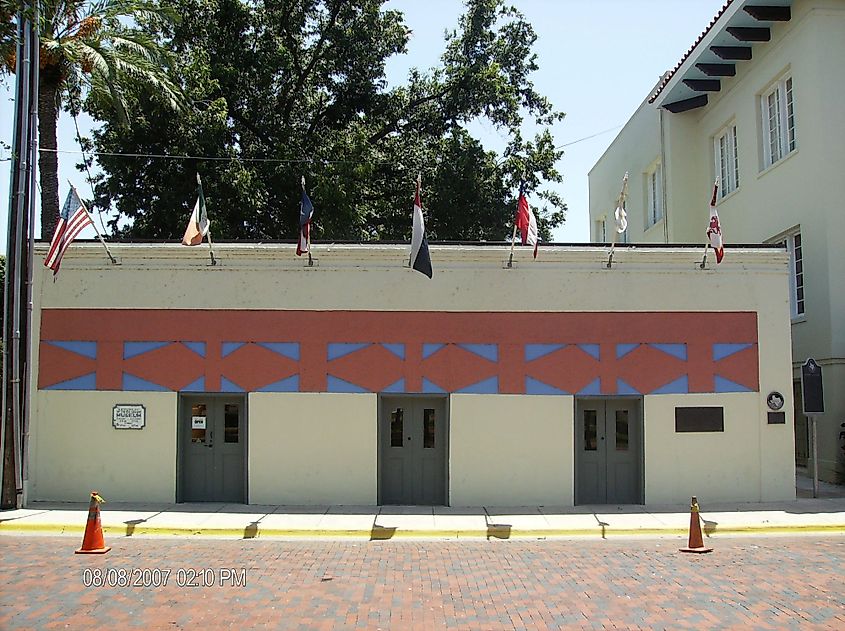
This historic house museum is situated in San Agustin Plaza, which is the center of downtown Laredo. Constructed in 1830, the Mexican vernacular design gives the museum a distinctive and warm appearance. The structure, which was formerly the mayor's residence, doubled as the Rio Grande Republic's capital. The museum presently has exhibits designed to give visitors a realistic view of a Laredo home from the 1830s. Along with the La Posada Hotel and San Agustin Cathedral, it is one of the city's most famous historical sites.
Lake Casa Blanca International State Park
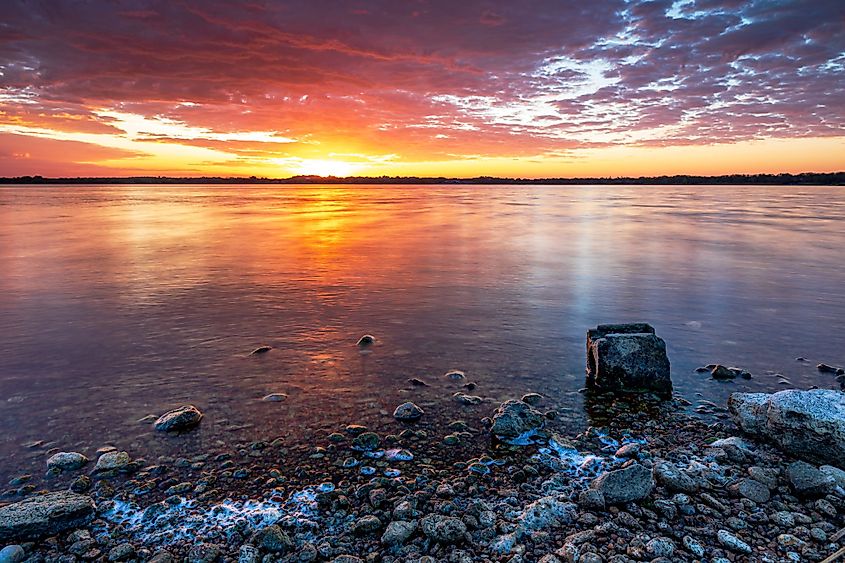
The Lake Casa Blanca reservoir, which is located on Chacon Creek, is five miles north of the city center. It was created in the 1950s when a dam was erected to give the neighboring counties a recreational area. Aside from skiing, boating, swimming, mountain biking, hiking, cooking outside, and camping, everyone can enjoy fishing the lake's many bass, catfish, and carp.
Zacate Creek
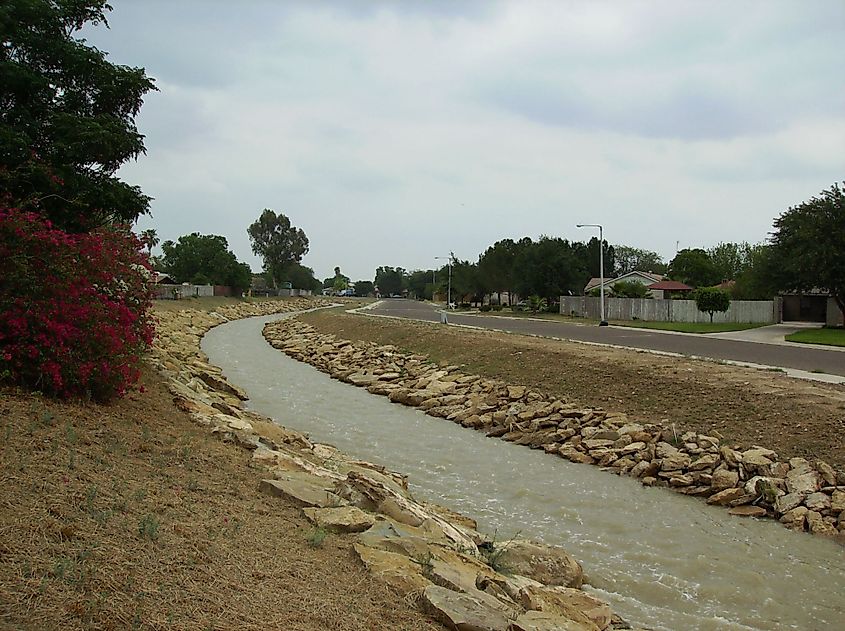
Zacate Creek is located 10 miles south of the municipal boundaries. A Union Army of 200 troops attempted to assault the village and burn 5000 bales of hay, and this endeavor resulted in a massive battle at the stream during the American Civil War. In the Battle of Laredo, Colonel Santos Benavides led just 42 men successfully and resisted the Union army three times at Zacate Creek. The land has been transformed into a park and greenway with a three-mile route that follows the creek by the town today.
The San Agustin de Laredo Historic District
The historic area, which formerly included the entire town of Laredo, is currently located in the center of the city. Brick is used to pave the streets, and the area's stunning architecture displays 19th-century Spanish and Mexican influences. In the Lower Rio Grande Valley, this is the final location where such remnants of Spanish colonization may be seen.
Lamar Bruni Vergara Planetarium
The historic area, which formerly included the entire town of Laredo, is currently located in the center of the city. Paved streets and the area's stunning architecture display 19th-century Spanish and Mexican influences. In the Lower Rio Grande Valley, this is the final location where such remnants of Spanish colonization may be seen.
Fort McIntosh
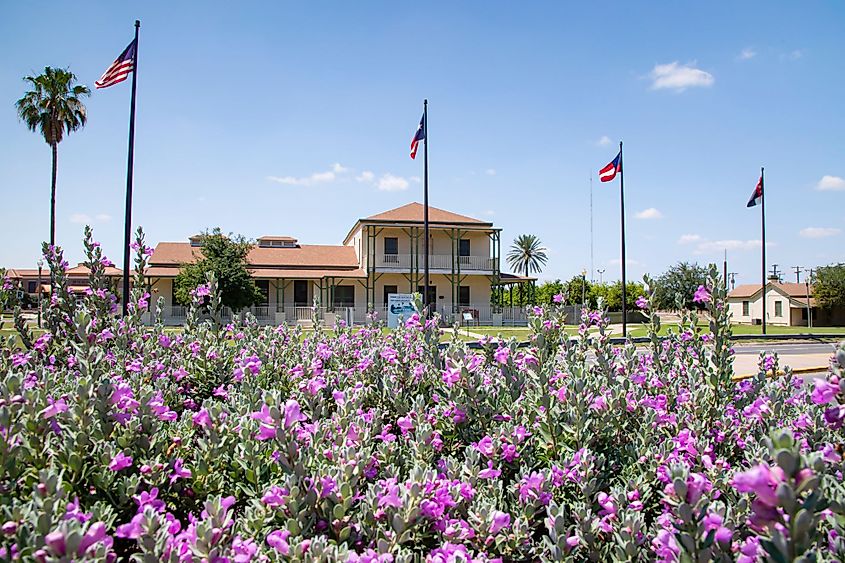
Fort McIntosh, which was founded in 1849, played a significant role in both the Mexican-American War and the American Civil War. The Battle of Laredo took place near the fort. There were also some of the famed 'Buffalo Soldiers,' regiments of African American freed slaves. Fort McIntosh functioned as a training center during World War I and was utilized by numerous groups during the war.
Helen Richter Watson Art Gallery
World-famous ceramicist Helen Richter Watson was born, raised, and started practicing her craft in Laredo. Many of her unique creations are currently on exhibit at Texas A&M International University's Helen Richter Watson Gallery. Year-round, the gallery is accessible by appointment only from 8 a.m. to 5 p.m.
Laredo offers something for everyone from its fascinating history to its vibrant arts scene. Visitors will appreciate their trip to this town, which has a lot to offer.
